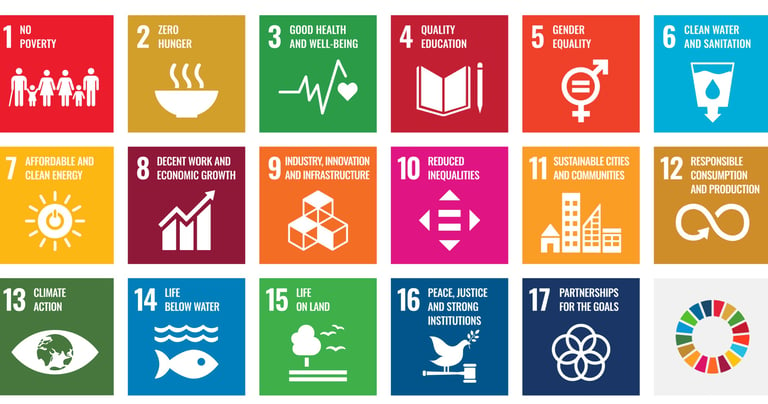Navigating the Just Transition starts with seeing what’s hidden




Make sustainability governable. Invisible Carbon builds practical sustainability governance—clear roles, routines, and metrics—so organizations can innovate from intention to accountable action across climate, equity, and adaptation.
Sustainability outgrew reporting in 2024. Over the next 12-24 months, major markets are shifting to Digital Product Passports—that’s not a spreadsheet update, it will be a new digital infrastructure: unique identifiers on products, registries and portals, lifecycle data, and very sophisticated governance strategies. By 2027, batteries, textiles, and other economic sectors will need passports to sell—no passport, no market. Governance becomes the differentiator: who excels with decision making, who can see full spectrum carbon data, how it’s verified, and how it interoperates across value chains.
Businesses have only 1,000 working business days till the year 2030. Invisible Carbon helps you govern this complexity—strengthening leadership, baselining systems with standards, designing governance models, and piloting real data flows in 90 days—turning compliance into market access, innovation, faster approvals, and new circular revenue.


Corporate Political Ecology Index (CPEI)
Power & Carbon Risk Scan: map influence and carbon risk across your operations with power-aware, systems-based lens, including influence mapping
Carbon Commons Framework (CCF)
Carbon Responsibility Playbook: turn carbon obligations into shared value




See What Others Miss: The New Carbon Reality
Sustainability has been made both ambiguous and invisible to old economic systems built for the 1980s economy. Don’t fall for the myth that sustainability is just reporting—markets are wiring up digital passports, competitors are innovating, lifecycle data is tokenized, and governance frameworks will decide who gets to play and who gets locked out. Carbon intensity and carbon realities hide in governance across business functions like: procurement, capital planning, board cadence, and community legitimacy. These blind spots create serious risk, erode trust, and stall progress.
Invisible Carbon positions sustainability governance as the mechanism for change.
Grounded in political ecology—the missing element in mainstream corporate sustainability—Invisible Carbon enhances sustainability governance by cutting through layers of complexity to convert risk into opportunity. Governance is not overhead; it’s a market advantage. Those who govern confidently will lead the future economy 2030 and beyond.
Governing with political ecology, systems of environmental accounting, and ecological economics—alongside climate disclosures—will create new market opportunities. In a world where carbon realities shape capital and reputation, sustainability governance will be the mechanism of innovation. The net-zero economy is a multi-trillion-dollar opportunity that demands clear roles, ecological literacy, evidence-based decisions, and confident leadership, so that organizations minimize innovation costs, avoid stagnant strategy, and unlock decisions that generate new revenue streams.
Ecological Intelligence for Enterprise (EIE)
Build ecological thinking into everyday decisions by helping execs and operational teams to develop the capacity to think ecologically, including ecological literacy and governance
T.E.D.I. Experiments & Leadership
Techno-Ecological Design Labs: rapid experiments for circular innovation



